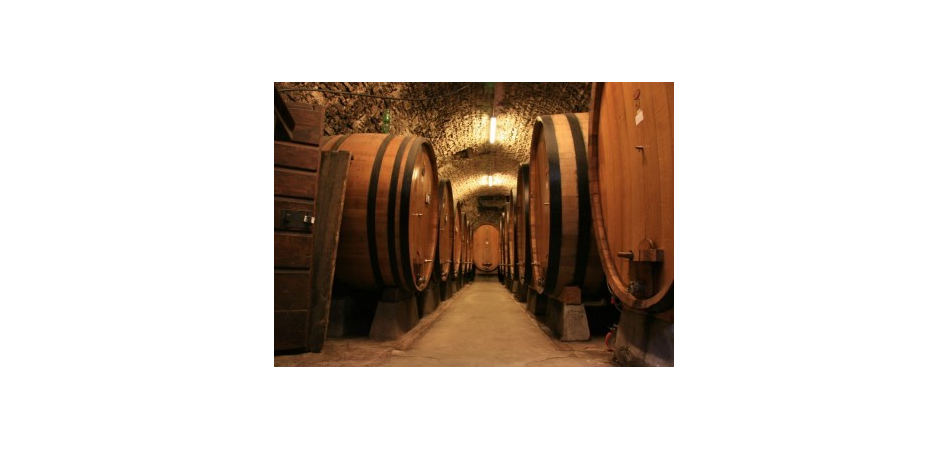
Do these blessed aromas have to mature or not?
So what happens in the so-called maturation?
Some joking notes on flavouring maturation....
Let's start with some little clarification:
What is an aroma: a substance with specific sensory characteristics that serves to impart particular perceptive characteristics to others, be they food, tobacco or cosmetics.
What is solubility: the measure of the amount of solute that can be dissolved in a solvent.
What is oxidation-reduction: is a chemical reaction that involves the exchange of electrons between different chemical species, which results in chemical reactions that can be oxidation and/or reduction.
What is reaction speed: it represents the variation over time, which occurs in proportion to temperature, in the concentration of chemical species, their mass or any of their properties.
Let us not forget how aromas are classified: natural and synthetic, the former are generally more stable and are comparable to an MP3, the latter are more susceptible to variation but more complete in composition and I would compare them to an analogical record.
So what happens in the so-called maturation? Mainly the solubilisation of the aroma in its solvent at a rate that depends precisely on its concentration, temperature and the possibility of oxidation-reduction.
Having said this, the most mistaken thing is to draw general rules: if we take a mint leaf and put it in a container with water, the flavouring of it will take place but we will probably struggle to perceive its presence. Conversely, if we insert a concentrated aroma with a drop, we will amply perceive the taste and flavour. What follows from this banal reasoning? That if the aroma has no particular strength, we will be forced to hope that all the substances will pass into solution and be perceptible, but to do this requires time, or a higher temperature, or some kinetic action, or a different solvent.
Basically, if we work with high-performance aromas and in high concentrations (always below the limit of supersaturation) we will first achieve the desired perceptible effect and this will generally remain stable. Its stability, however, depends on its chemical complexity: the more complex it is, the greater the chances of developing oxidation-reduction reactions which precisely modify its characteristics. But beware that in the case of oxidation, it is the presence of oxygen that will favour these reactions. Perhaps this explains why many people use the magnetic stirrer for very long periods of time, not only solubility developments but also true oxidations are obtained. Oxidations are generally not desirable reactions because they actually negatively affect the taste in food in general... who would willingly eat an oxidised slice of salami? That's why we don't use them at all but rather prefer thermal cycles with mild stirring. Why is it that all products including vape products are kept in tightly closed containers, away from light and heat sources? Fighting the oxidations that occur through exposure to air is one of the first conservation precautions, and the vortexes of violent stirring, albeit slowly, encourage these oxidations. Then if you like them, that's fine... :-)
To be clearer, the time required to 'mature' an aroma can also be very short in the case of synthetic or natural aromas from the flavouring industry. Leaving them to mature too long leads to their alteration, especially in the presence of an alkaloid such as nicotine, so that a TMC or in some cases a real expiry date is indicated.
In the case of natural extracts such as with tobaccos (so-called macerates), leaving aside reasoning on how they are prepared at home, the discourse is always the same but the circumstances vary due to the fact that these flavours are less likely to be 'strong'. Leaving them for some time in the solvent allows all the solubility to be exploited and thus losing none of the aromatic potential present. But let us not confuse ourselves with maturing for months by performing satanic evening rituals to obtain the most precious elixirs. Once the aroma is developed to a great extent then we are talking about further slow improvements that could be trivially confused with oxidisation.
Ultimately, the quantity of aroma present, its chemical characteristics and those of its solvent, the physical conditions in which it is prepared and placed determine the specificity of its solubility and definition, and therefore it is not possible to generalise with golden rules of a universal nature.

Comments
No comment at this time!
Leave your comment